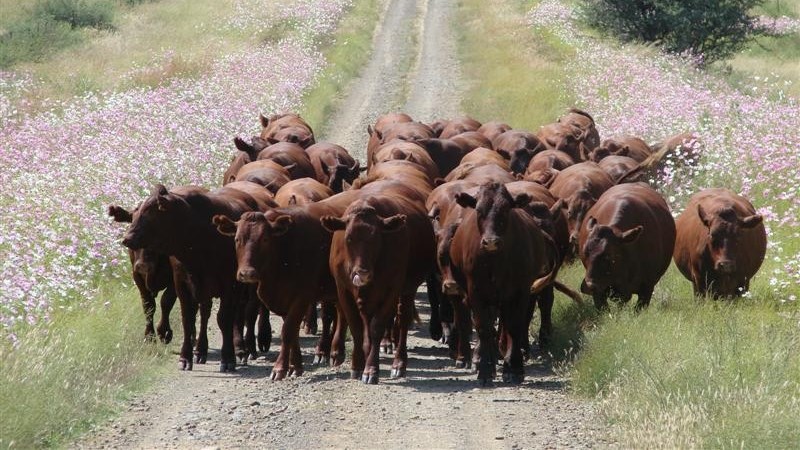Agriculture
Anaplasmosis: symptoms, treatment and control measures─── ELSABÉ RICHARD 05:00 Wed, 08 Jun 2022

Anaplasmosis, also known as gallsickness, is an animal disease that is caused by ticks.
Dr Berry Mutowembwa, a veterinarian at the Agricultural Research Council, explains that some symptoms of the disease include constipation and a high fever.
See PODCAST below
The African blue tick, Asian blue tick and red-legged tick are all primary vectors of anaplasmosis.
ALSO READ: Diseases caused by ticks: Heartwater
These ticks are found in the coastal regions of the Western- and Eastern Cape, as well as in parts of KwaZulu-Natal, Mpumalanga, Gauteng, Limpopo and North West. Some of these ticks are also found in the eastern parts of the Free State.
Symptoms
Younger cattle tend to showcase moderate symptoms, while older cattle tend to show more severe symptoms and usually die from the disease.
ALSO READ: Summer animal diseases: Lumpy skin
Symptoms of anaplasmosis include constipation, fever and lack of apatite. Animals infected with the disease have a tendency to become anaemic. Their eyes and mucus membrane become pale. Dairy cows experience a decline in milk production.
Mutowembwa adds that animals who survive the disease tend to become reinfected after several months.
Treatment
Anaplasmosis can be treated with two active ingredients, namely imidocarb and tetracycline. Mutowembwa explains that treatment with any one of these does not really eliminate the disease completely.
ALSO READ: Pink eye in livestock
Recovered animals will remain lifelong carriers of the anaplasmosis parasite.
Indiginous breeds of cattle tend to be more resistant to anaplasmosis compared to imported animal breeds.
Control measures
Farmers can make use of two strategies – tick control and vaccination.
Another way to prevent deaths among cattle is to allow animals to have natural exposure to these types of tick-borne diseases during a period when they are naturally resistant. This period is from when they are born until about six months old.
Exposure at a young age will increase their antibody levels against anaplasmosis.













